Wild buckwheat
August 28, 2015
Polygonum convolvulus L.
Life cycle
Twining summer annual vine.
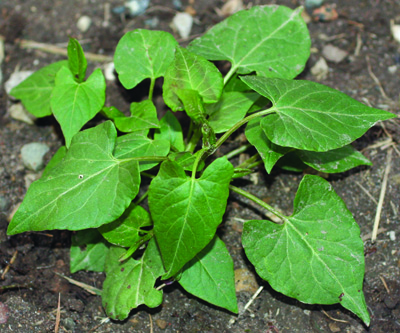
Wild buckwheat plant.
Leaves
Cotyledons are oblong-oval to linear. Leaves are alternate, hairless and heart- to triangle-shaped with a pointed tip and smooth margins.
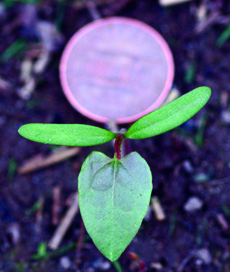
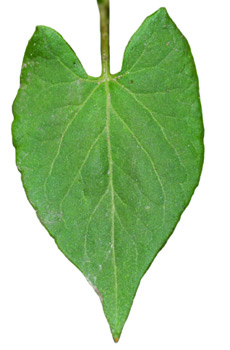
Wild buckwheat seedling (left) and leaf (right).
Stems
Twining, herbaceous, smooth vines branch at the base and are less than 3 feet long. A membranous sheath (ocrea) surrounds the stem at the base of each petiole.
Flowers and fruit
Flowers are inconspicuous and green to white or pink. The seed is enclosed in a single-seeded, dull black, three-sided fruit.
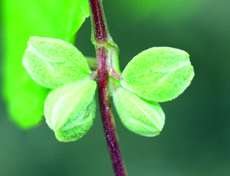
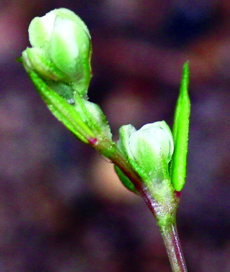
Fruit of wild buckwheat (left). Wild buckwheat flowers (right).
Reproduction
Seeds.
Similar weeds
Mile-a-minute (P. perfoliatum L.) Differs by having downward-pointing prickles on the stems, petioles and leaf veins.
Tartary buckwheat [Fagopyrum tataricum (L.) Gaertn.] Differs by having a more erect habit, arrow-shaped leaves and a grooved, hollow stem.
Print a PDF of this page: Wild buckwheat



 Print
Print Email
Email




